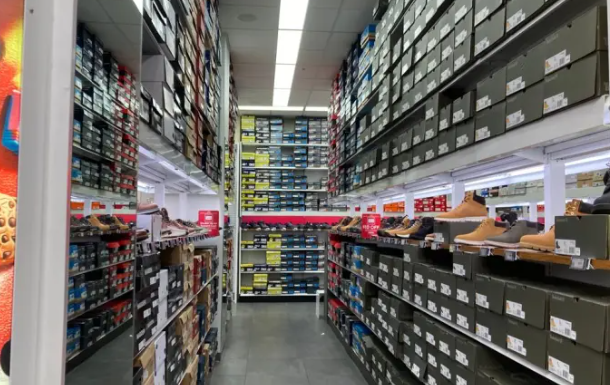Footwear Prices Were Up 0.4% in January as FDRA Predicts Inflation to Slow
Price growth slowed in January as inflation shows more signs of waning.
Consumer prices rose by 6.4% in January compared to last year, according to a Tuesday report from the U.S. Bureau of Labor Statistics. This marks the smallest 12-month increase since the period ending in October 2021 and a slowdown from December’s 6.5% and November’s 7.1% year-over-year growth. Compared to December 2022, prices in January rose 0.5%.
Excluding volatile food and energy costs, the Core CPI rose 0.4% from December and 5.6% from the same month in 2021.
Footwear retail price increases also slowed in January, and were up 0.4% compared to last January, the slowest growth in 22 months. Compared to last year, men’s footwear was up 0.5%, women’s was up 0.1% and kid’s was up 0.9%.
According to the Footwear Distributors and Retailers of America, inflation will likely continue to slow in the coming months as inventory exceeds demand in the footwear market. In 2022, full-year footwear prices rose 4.6% at the fastest rate in four decades.
American Apparel and Footwear Association president and CEO Steve Lamar said certain tariffs are partly to blame for persisting inflation.
“Month after month we keep seeing evidence that ineffective Section 301 tariffs are baked into the prices that Americans pay to get dressed,” Lamar said in a statement. “It’s time to recognize that the only thing these tariffs will affect is how far Americans can stretch their dollar.”
Online prices in January also slowed, dropping 1% year over year, according to recent data from Adobe. This marked the fifth consecutive month of year-over-year price decreases. However, prices were up 1.7% from December, a month filled with large holiday discounts across multiple categories.
As inflation persists, the job market has stayed tight as wages increase across various industries. Meanwhile, in an effort to curb spending and rising prices, the Federal Reserve has implemented a series of interest rate hikes in recent months. In December, it raised rates another half a percentage point, marking the highest level in 15 years.
While these rate hikes are aiming to ease spending and cool inflation, they could potentially increase the chances of a recession in 2023 as well, the National Retail Federation’s chief economist Jack Kleinhenz said in a January report. However, he added this month that the economy appears “more resilient than expected” and that the U.S. economy will likely be able to avoid a recession — and even potentially see growth — in 2023.
